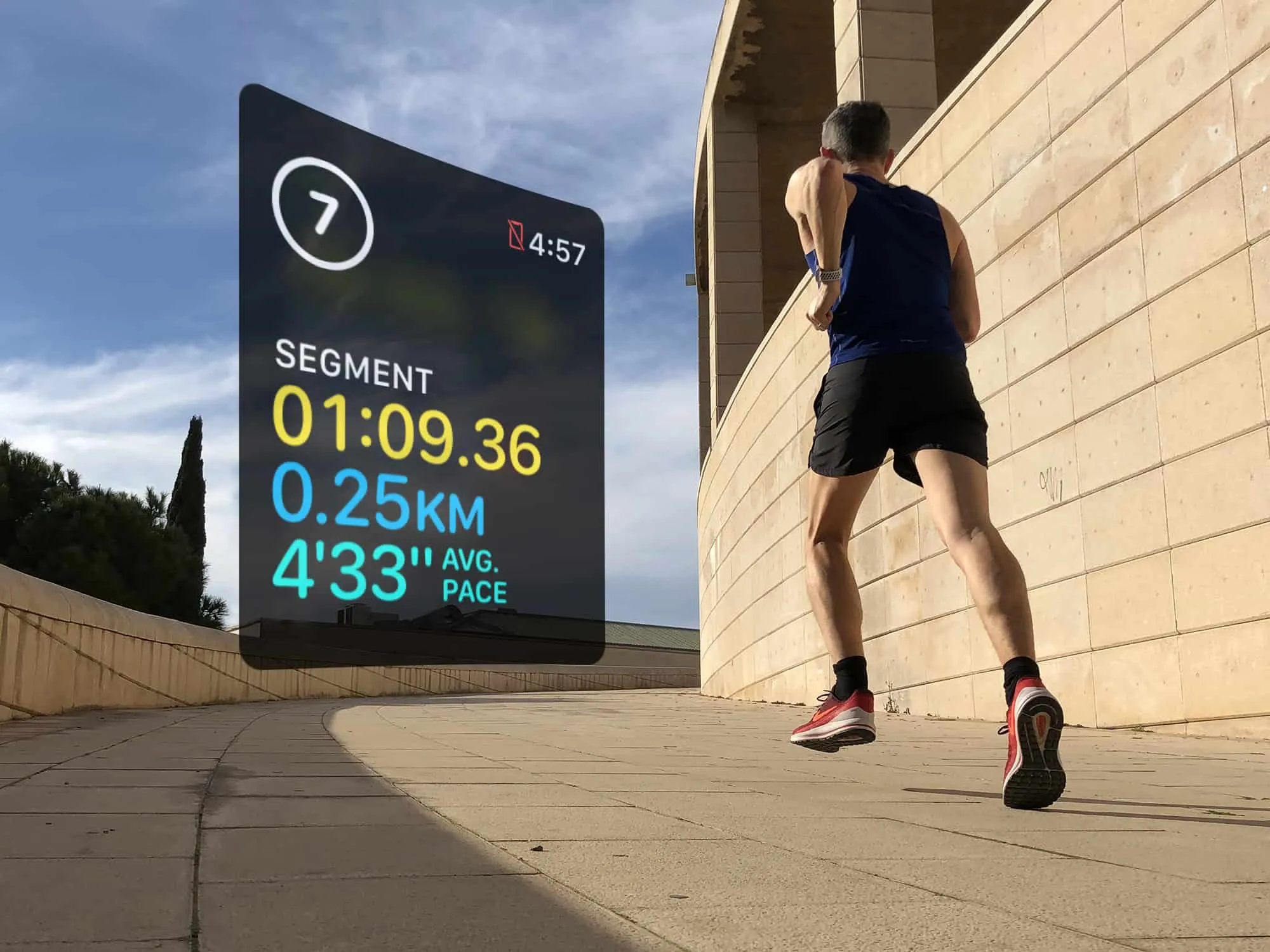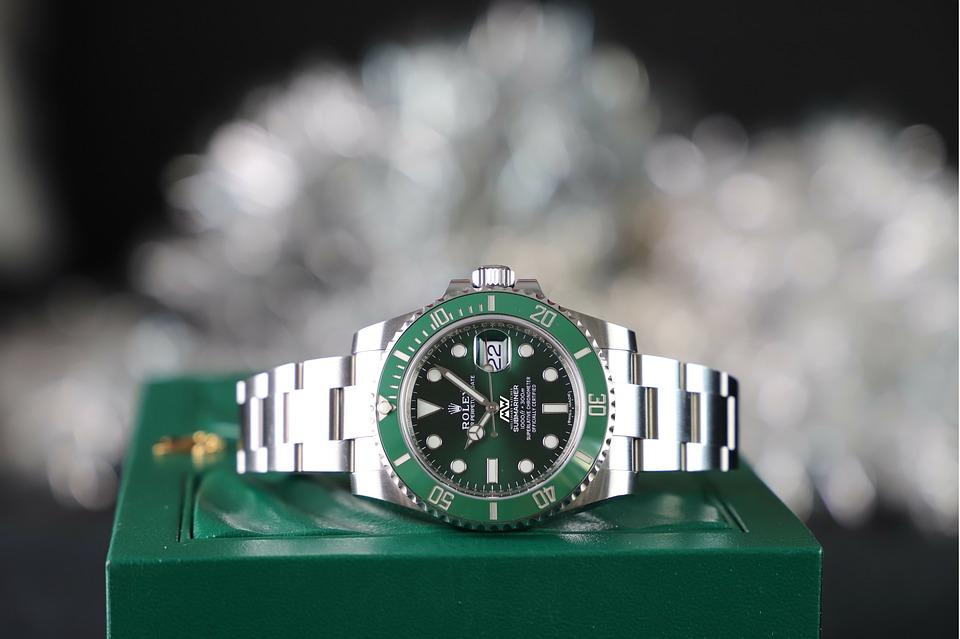Even though the purchase of Fitbit by Google was finalized earlier this year, the company is continuing to produce new wearables despite this development. This includes improvements to some of its most popular pieces of hardware.
The Charge 5 was recently announced (check the price on Amazon). It brings a number of rather significant updates to one of the fitness bands that has been selling the best throughout the globe. It has quickly become one of the Fitbits on the market with the highest-end specifications.
Additional Reading: Best Always-On Display Smartwatches
The second one that packs a lot is called the Sense, and it is a health-focused smartwatch that represents the beginning of a new line of products. Alongside Versa 3, it was made available to the public the previous year.
Anyone looking for a wearable device to track their health and fitness would do well to consider any one of these three possibilities. But which should you choose to purchase? Continue reading to find out.
Fitbit Sense vs Fitbit Versa 3 vs Fitbit Charge 5: Hardware and design
Let's begin with the two different kinds of smartwatches. The majority of the alterations between Sense and Versa 3 are unseen and take place behind the scenes. Having said that, there are a few subtle methods to differentiate the two of them from one another.
In spite of the fact that both have a boxy form with rounded corners, the chassis of the Sense is constructed of aluminium and has a higher quality of premium metal components. Because of this, it is about 5 grams heavier. When it comes to the screen, it is an identical replica of the one that is seen on the Versa 3 model.
On the other hand, the Charge 5 is a whole other species altogether. It is designed to seem like a traditional fitness band, making it an excellent choice for anybody looking for something less obvious to wear on their wrist. The item is now 10% smaller than before, with dimensions of 36.78 millimetres by 22.79 millimetres and a depth of 11.2 millimetres.
The Charge 5 screen has seen a significant revision in this regard. It has a resolution of 260 x 170 pixels and an AMOLED display of 1.04 inches. This brings it up to the same standard as the displays seen on the Sense and the Versa 3 devices. They have an AMOLED display that is 40.48 mm x 40.48 mm and 336 x 336 pixels. It has a brightness of up to 1000 nits and is protected by Corning Glass 3. This makes it quite straightforward to read metrics, even while you're in the midst of a run, which should go without saying.
The always-on feature is available on all three of these different smartphones. However, turning it on will decrease the amount of time the battery will last.
Additional Reading: Best Apple Watch Band For Kids
Fitbit Versa 3 vs. Fitbit Sense vs. Fitbit Charge 5
The touchscreen and the single haptic button serve as your means of navigation for all three of them. Charge 5 places Sense and Versa 3 on the right, while the latter is located on the left.
The variations that are less visible but more fascinating may be found below the hood. This is the most crucial information.
All of them come equipped with the full range of Fitbit sensors that are standard. A 3-axis accelerometer, a 3-axis gyroscope, an optical heart rate monitor, a temperature sensor called PulseOx, a vibration motor, and an NFC chip that allows for contactless payments are all included in the extensive list. Additionally, there is a built-in GPS for monitoring outside activity without the need for a smartphone.
Charge 5 is unique in that it does not have an altimeter as the other two do, hence it cannot count floors. Because this is such an unusual choice, we are unable to fathom the reasoning behind Fitbit's decision. Aside from that, the fitness band is equipped with the same sensors as the Sense device.
The Versa 3 is the model with fewer bells and whistles under the hood. It does not have a sensor for electrocardiographic activity (ECG) or electrodermal activity (EDA). Because of this, it should not be considered a significant health gadget.
The Fitbit Trio features outstanding water resistance, measuring in at 5 ATM, as is to be expected from a Fitbit product. The same is true for how long the battery will last. Charge 5 has a battery life of about one week on a single charge, whereas Sense and Versa 3 have a battery life that is one day shorter. When GPS is on, this, of course, falls by a considerable amount.
Additional Reading: Which VO2 Max Watch Is Most Accurate?
Charge 5 vs. Sense vs. Versa 3
Monitoring of physical activity and health
There is no purpose in going into excessive detail on the capabilities of these gadgets to measure fitness. In the field of wearable technology, Fitbit was an early pioneer and now dominates this sector of the market. To put it simply, if you are looking for anything that can monitor your activity and sleep throughout the whole day, any one of these gadgets can do the trick.
Built-in GPS
They are now more serious workout trackers since the incorporation of built-in GPS has made the technology available. It means that you may leave your phone behind and you will still be able to access complete data and maps of your outside cycling and running excursions. The fact that Fitbit has made the Connected GPS option available is a positive development. If you switch to this mode when the battery on your wearable device starts to become low, it will last much longer.
Fitbit Sense
One benefit of owning Sense or Versa 3 is that their displays are significantly larger than those of Charge 5. They become an exercise tracker that is easier to use as a result of this. That is to say, you are able to view the statistics while you are moving, and the screen may display more information at the same time.
Plenty of cutting-edge medical technology on board.
The level of sophistication of the sensors included in each of these three devices varies. This includes the capability to read the temperature of the skin as well as the oxygen levels in the blood. The bad news is that in order to view the stats for more than the most recent seven days, you will need to pay for a premium membership. After the first free trial period of three months has passed, the regular price is $9.99 per month or $79.99 per year.You will also get access to the raw heart rate variability (HRV) data if you purchase the premium membership. This is beneficial for those who are into exercise since it provides them with an idea of how strained their bodies are. When compared to your baseline, a low result is an indication that you should take it easy on that particular day. There is also the possibility of discovering the respiratory rate.
Another indicator that is only accessible to subscribers is something that is referred to as the Daily Readiness Score. It was first released with the Charge 5, but will also be available for the Versa 3 and Sense devices. In order to provide you with an accurate assessment of your degree of weariness, it takes into consideration your activity level over the last several days, as well as your HRV data and sleep information. With just a quick look at the reading, which might be anywhere from 0 to 100, you'll be able to determine whether or not you should exert yourself physically on that particular day. Fitbit also offers a feature called "activity suggestions," which uses data from this measure in order to propose activities that are suitable for the user.
Additional Reading: Smartwatch Radiation - Health Risks & Protection Tips
Both Sense and Charge 5 are superior to Versa 3 in this regard.
Moving on to Sense and Charge 5, we get some extra goodies. They are able to take measurements of your ECG. It's been a couple of years since the Apple Watch made headlines with its electrocardiogram (ECG) sensor, but now other firms, including Samsung and Withings, are getting in on the action. It is necessary to rest your fingertips on the four corners of the casing in order to get an accurate reading.The stress score is the other element that is all new. It takes information from a variety of sources, such as temperature, HRV, and resting heart rate, among others, and combines them. This is combined with the data from the electrodermal activity (EDA) sensor, which detects the amount of moisture present in the skin, to produce a single figure with a value that may vary from 0 to 100. When you have a better score, you feel less pressure and stress.
In addition, a stress number may be delivered by Verse 3. On the other hand, this method is simpler since it does not depend on input from the EDA sensor.
However, Charge 5 does not include an accelerometer for the floor count.
As was just said, the Fitbit Charge 5 lacks one of the fitness features that are available on the Fitbit Sense and the Versa 3. It does not feature an altimeter that can count the number of floors that have been climbed. This is not a major issue since the measure might be erroneous even when it is being used correctly. On the other hand, it is an irritant for those of us who are used to having a floor count.
Intelligent functionalities
Charge 5 is head and shoulders above Versa 3 and Sense when it comes to features that aren't related to exercise. It should not come as a surprise given that they are not fitness bands but rather smartwatches. Notifications, the ability to accept or reject calls, and the ability to make contactless payments via the NFC chip are features that are standard across the board.On the other hand, the Versa 3 and Sense have a large selection of applications that can be installed, in addition to the capability of Amazon Alexa and Google Assistant, as well as the ability to transmit voice answers. Last but not least, they also provide you with access to music streaming services. Owners of Charge 5 devices will need to take solace in the fact that the device supports control of Spotify.
Additional Reading: Let's Find Out The Smartwatches That Can Play Apple Music
The verdict on the Fitbit Sense, the Fitbit Versa 3, and the Fitbit Charge 5
If you are looking for a fitness band, one of the greatest choices you have is the Charge 5 from Fitbit. In addition to its practical design, which now has a stunning colour display, the watch keeps track of a vast array of statistics, is resistant to water, and has a reasonable amount of battery life. Because it has ECG and EDA sensors, it is a very serious piece of medical equipment.Those who are interested in having a smartwatch experience may choose between the Versa 3 and the Sense. They have the advantage of a bigger display as well as added functionality, such as access to Google Assistant and Alexa, as well as a variety of music streaming services and other features.
The sense will cost you an extra $100 over Versa 3. In exchange for that, you will get EDA and ECG sensors. These will provide you with a more comprehensive picture of your current state of health. This technology is also included in the Charge 5, albeit it does not have an altimeter that can count floors.
She has pursued her studies in The United States, where she has graduated in Business and Economics and is currently finishing her Master studies in International Economics and Finance. Miss. Amputee is fluent in three languages: English, Spanish and Russian and has elementary knowledge of French and Italian. She love exploring how Collaborative Research Group can become the best tool to achieve the (necessary) educational change. .
Leave a reply
Your email address will not be published. Required fields are marked *Recent post

Is It Possible to Browse the Internet on a Smartwatch?

The precision of Apple Watches for HIIT Workouts

What Do The Jewels In A Watch Consist of?

